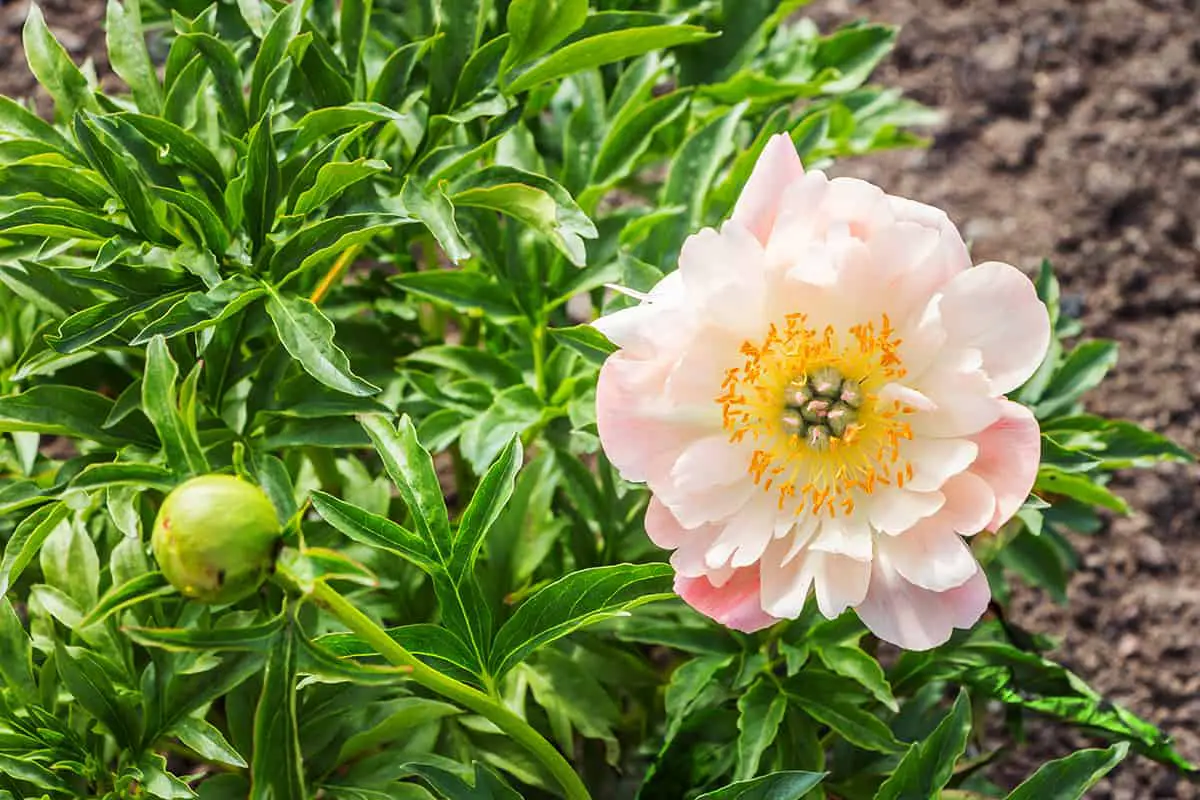Peonies are a popular flowering plant known for their exquisite, showy flowers that bloom for just a short time each year. There are 33 different species of peony, and within these species, there are hundreds of different cultivars.
Most types of peony flowers do not change color, but there are a small number of cultivars that have the ability to change color while blooming, such as the Peony ‘Coral Sunset’. This guide looks at some of the peonies that are able to change color and explore why this happens.
Table of Contents
Can Peonies Change Color?
Most types of peonies do not change color, but some cultivars are known for their color-changing petals that journey through a variety of shades while the plant is in bloom. In these varieties, the same individual flower will appear in different colors on different days, for example, the Coral Charm peony starts out dark orange and fades to peach before finally turning ivory, all within the span of a week.
Some varieties of peony have been known to change color between generations of planting, but this is down to genetic mutations that can happen with any flowering plant. Of the hundreds of cultivars of peonies available, only a handful of varieties are known for their ability to change color during blooming.
Which Peonies Can Change Color?
Color-changing peonies are cultivars of peonies that will take on different colors for the duration that they are in bloom. You could glance at your peonies one day and see orange flowers, only to look back a few days later and see cream flowers.
If you are looking for a peony plant that can change color, consider these color-changing varieties:
Paeonia ‘Coral Sunset’
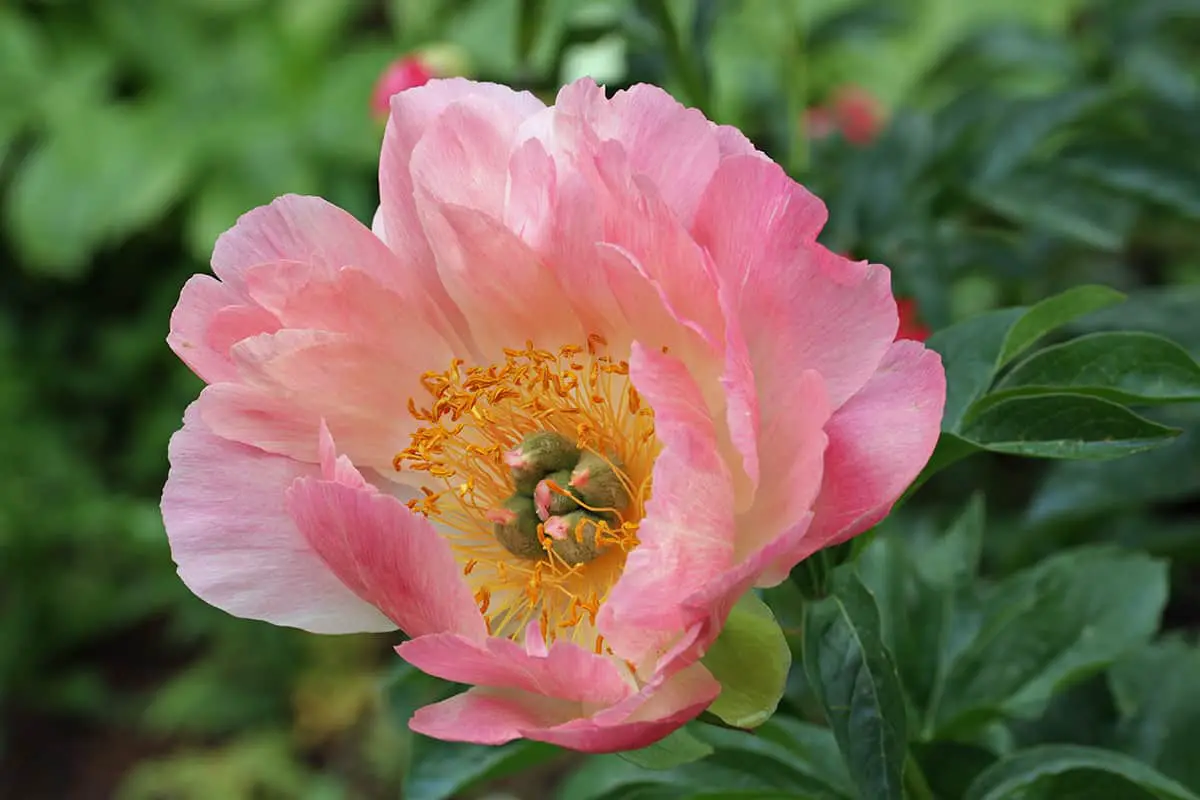
Coral Sunset is one of the most famed of all the color-changing peonies and is known not only for the way its petals fade through various hues but also for its enormous semi-double flowers. The bowl-shaped flowers are among the first peonies to bloom each year, typically appearing in late spring or early summer, depending on the climate.
Coral Sunset peonies bloom for around 7 to 10 days, and during this time, the petals take on shades including orange, pink, and ivory. This variety of peony is named after a sunset because of the way its flowers fade from orange and coral to rose pink, before finally fading to a creamy-white color.
Coral Sunset peonies are hardy through USDA zones 3 to 8, and grow to between 2 and 3 feet in both height and spread. These flowers are produced on sturdy stems that do not require staking, and they are virtually free of pests, making them a great low-maintenance choice of flower for adding color and beauty to the spring and summer garden.
Paeonia ‘Coral Charm’
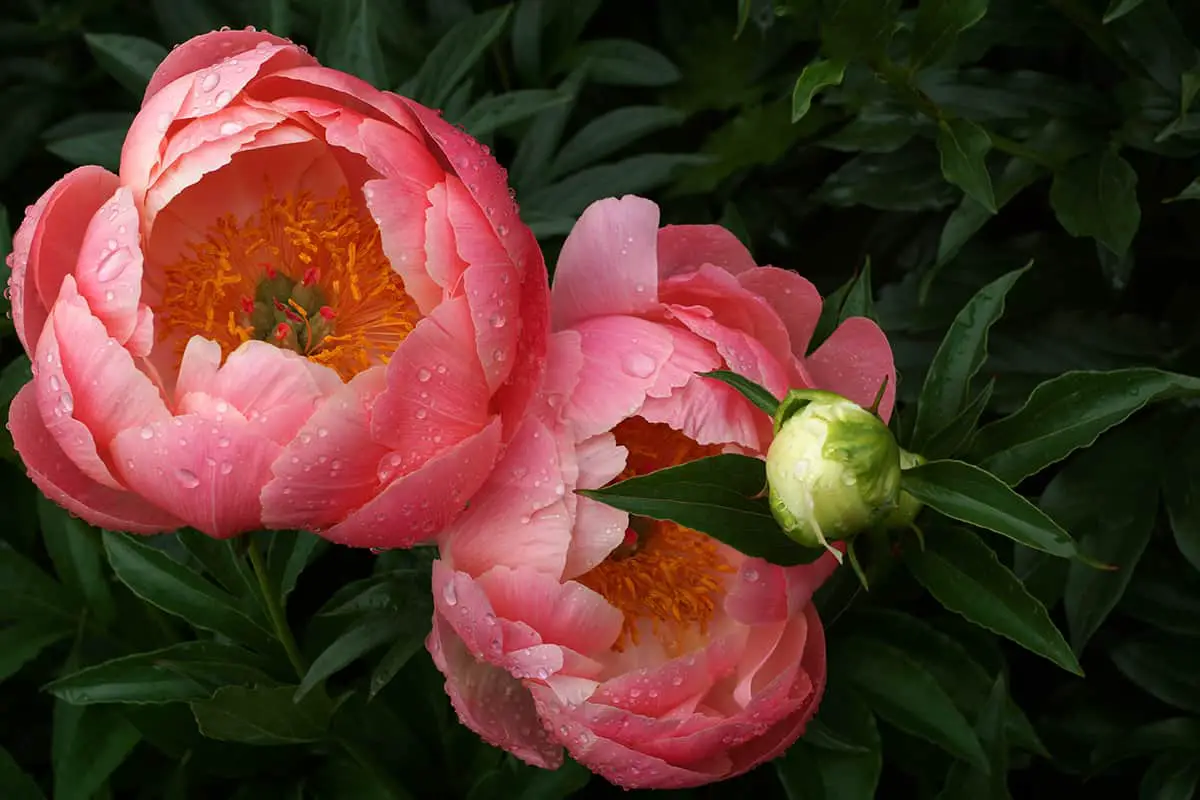
Coral Charm peonies are an award-winning variety of plants, having received the Award of Garden Merit from the Royal Horticultural Society for their outstanding attributes. These peonies, like Coral Sunset, bloom early in the season, typically toward the end of spring or early in summer.
The plant produces a stunning floral display that lasts around a week to 10 days, with blooms that change color over the course of their lifespan. The buds of Coral Charm peonies start out in a deep shade of coral that is almost red-orange, and these then open out into large cup-shaped flowers in a pretty shade of peach. From peach, the flowers then fade to a pale shade of ivory before dying back. Coral Charm peonies can be grown in USDA hardiness zones 3 through 8, and they are exceptionally low maintenance.
Paeonia ‘Command Performance’
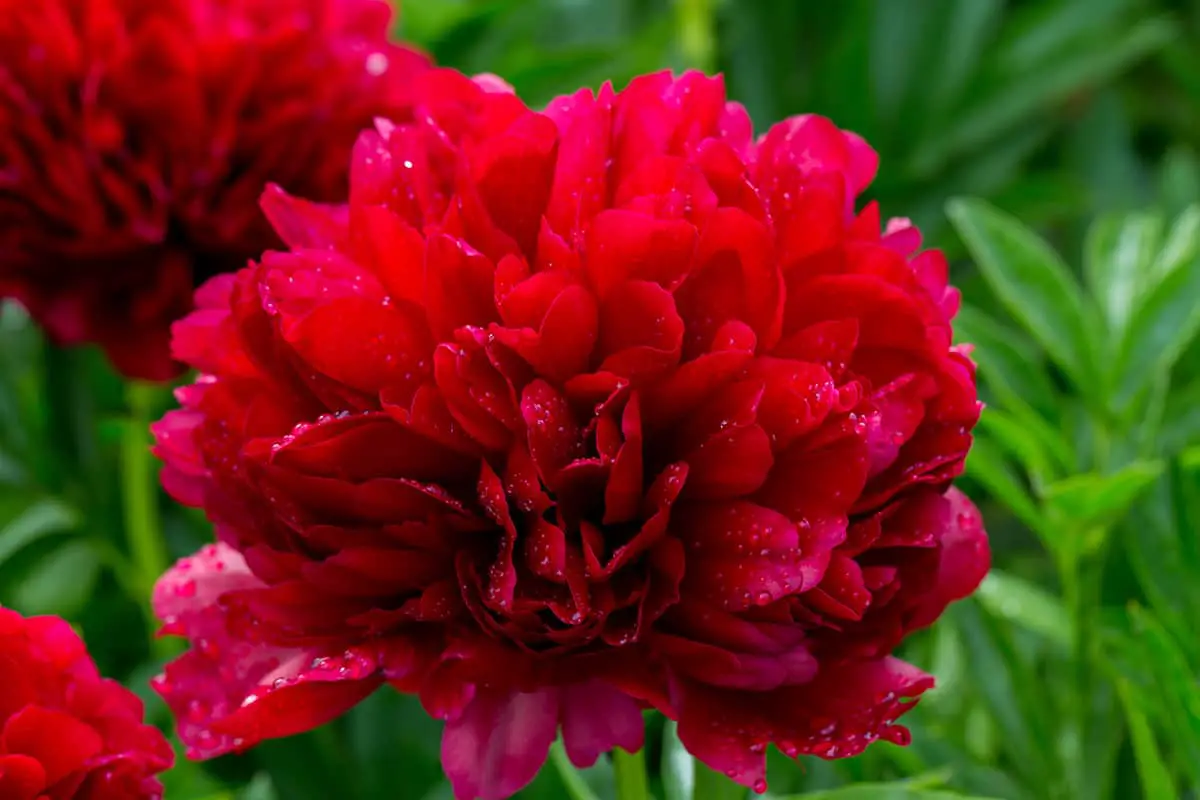
Common Performance peonies are a type of hybrid peony that produces color-changing flowers. The buds of these flowers start out a deep shade of red and bloom to reveal bright, hot pink cup-shaped blooms. As each day passes, the colors of the delicate petals continue to change color from bright pink through to salmon and eventually to ivory.
Not only are Command Performance peonies known for their seemingly magical color-changing flowers, but they also have some of the largest blossoms of all peonies. These beautiful blooms span a massive 8 inches across, making for a striking floral display in the springtime garden and also offering a beautiful visual for vase bouquets. Command Performance peonies can be grown in USDA hardiness zones 3 to 8, and they will fare best in a position of full sun.
Paeonia ‘King’s Day’
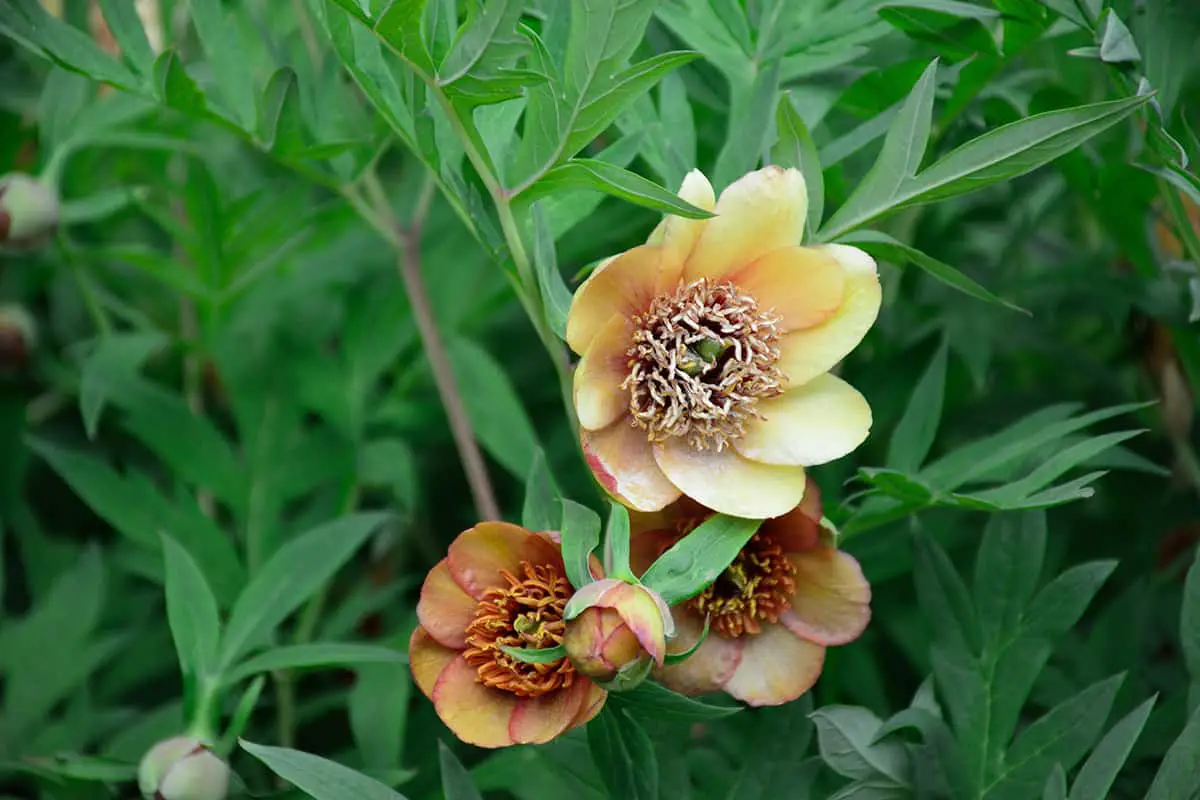
King’s Day peonies produce bowl-shaped flowers that change color from orange to salmon. The color-changing journey of this cultivar is more subtle than the sunset varieties, offering a classic and romantic appeal to the garden or cut flower bouquets.
This is a reliable perennial that performs well year after year in the garden with little care and maintenance. It produces strong and sturdy stems that won’t need to be staked and semi-double flowers that bloom early in the season.
Why Do Peonies Change Color?
The reason behind the color-changing petals of some varieties of peony is believed to be due to the plant’s survival instinct. Peonies reproduce by attracting pollinators such as bees and butterflies, and these pollinators are most drawn to flowers that are brightly colored or have strong scents.
Since peonies only bloom for a short time, it’s vital that they attract pollinators while they are in bloom in order for them to get pollinated and reproduce. It is believed that the peony flowers change color in accordance with when they are most fertile, displaying the strongest and brightest colors when they first bloom. It is during this time that the peonies are in their most fertile phase and therefore, display the most prominent colors to attract bees and butterflies.
As their fertility wanes, the flowers no longer need to attract pollinators, and therefore direct less energy into producing brightly colored petals. As such, the color of the petals begins to fade until they lack color entirely, turning a shade of cream or ivory.
